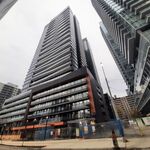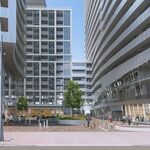Okay, I've been doing some number crunching, and the one thing I have to say is that Montreal's numbers are absolute trash. For instance, last quarter of 2018 quoted weekday ridership of 1,367,200 passengers per weekday, but when I referenced old ridership numbers, I got estimates closer to 1,600,000 passengers per weekday (annual ridership divided by 300 and 310, Saturday and Sunday typically each have 1/2 the ridership of a weekday). The average number of riders per day (not weekday) is 1,344,896. This leads to 2 possible explanations:
1. Montreal is bullshitting their numbers or their terms, and the average daily ridership is being quoted, not average weekday ridership
2. Weekday ridership has declined by 17% over the past 6-12 years (every station's ridership is quoted from a different year).
I'm more inclined to believe it's the former, especially with those new weekday riderships
@nephersir7 provided (thank you).
Montreal counts passengers through system entrances, which makes sense for line totals, but it makes no sense when trying to calculate the number of passengers using a station. For station counts, the TTC uses entrances and exits, and divides the sum of all platform counts by two to get a line's total ridership. I honestly have no idea what Montreal is doing here, but my best guess is that they're summing up all station entrances but either not including transfer stations in the count, or dividing the riders at a transfer station by some constant and summing up all the ridership on a line. At this point, my best guess is that it's the latter. This explains the Yellow line's surprisingly small ridership — Most people at Berri-UQAM are NOT transferring between the Orange and Green lines, the majority are transferring to the Yellow line. My best guess is that the Yellow Line's ridership is closer to 50,000 passengers per day (sum of the other two stations multiplied by 2 to account for the counter direction).
More analysis later, but I have to get back to work.




